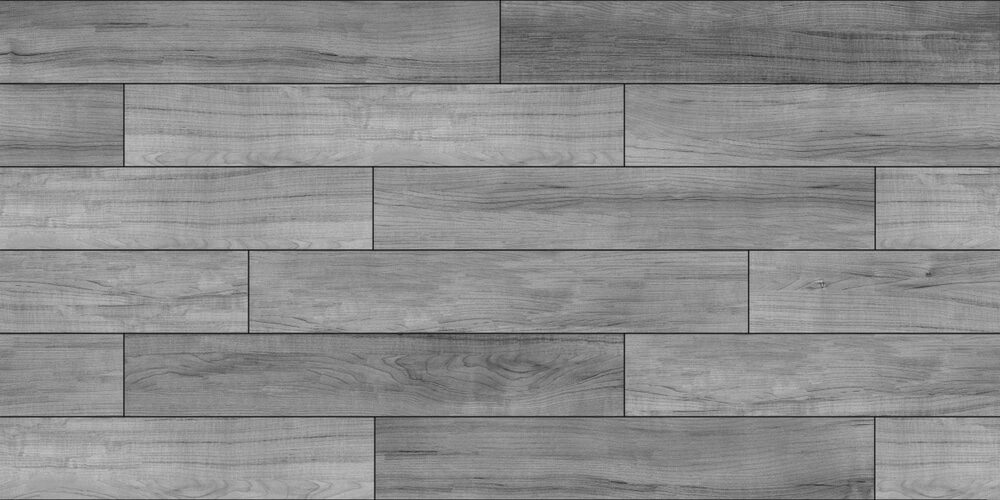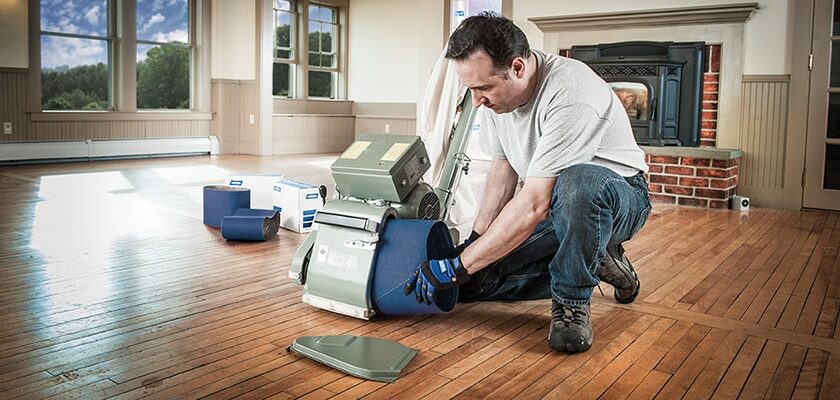London:
Nationwide:
Differences Between Edge Sanding and Drum Sanding
Posted on September 1, 2023
Edge sanding
Differences Between Edge Sanding and Drum Sanding: A Deep Dive
When it comes to the fine craft of woodworking, the devil truly is in the details. A beautifully crafted piece of furniture or flooring isn’t just about the cut or the joinery; the finish is paramount. And a considerable part of that finish depends on the sanding process. Both edge sanding and drum sanding are indispensable techniques in the woodworking world. Yet, their unique characteristics mean they are suited to different tasks. Join me, as we embark on an enlightening journey into the world of sanding, as seen through the lens of British craftsmanship.
The Basics: What are Edge and Drum Sanding?
Before delving into the nuances, let’s establish a foundation. Edge Sanding: This method, as the name suggests, primarily focuses on the edges. An edge sander is a powerful stationary machine where a continuous loop of sandpaper runs over a drum at one end. The woodworker brings the wood to the sander, moving it back and forth against the sandpaper to achieve a perfectly sanded edge. Drum Sanding:
The drum sander, often confused with the thickness planer, is a machine that sands wood to a consistent thickness. It uses a large cylindrical drum wrapped in sandpaper. The wood is passed under this drum to achieve a uniform finish. It’s particularly effective for large panels or boards.
Drum Sanding:
The drum sander, often confused with the thickness planer, is a machine that sands wood to a consistent thickness. It uses a large cylindrical drum wrapped in sandpaper. The wood is passed under this drum to achieve a uniform finish. It’s particularly effective for large panels or boards.
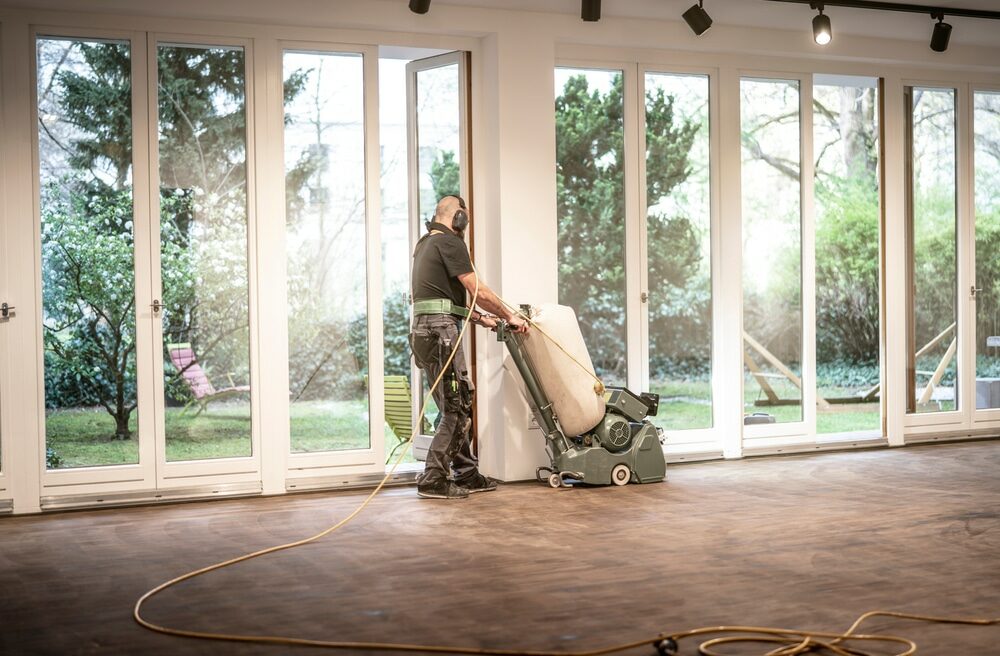
The Distinguishing Features
1. Purpose & Precision
Edge Sanding: Edge sanders are masters of precision. If you’ve got a table, a bookshelf, or any piece with a pronounced edge, the edge sander is your best mate. It allows for detailed work, ensuring that edges are smooth and free from splinters. Drum Sanding: Think of drum sanders as the broad strokes in a masterpiece. They’re designed for larger surface areas and can sand a wide board or even an assembled piece like a tabletop.2. Speed & Efficiency
Edge Sanding: This is a more time-consuming process, given its precision-oriented nature. However, for those tricky edges, there’s no alternative that gives the same level of finesse. Drum Sanding: In terms of sheer square footage, drum sanders are efficient beasts. They can process large pieces in a fraction of the time it would take an edge sander. But remember, they’re less about detail and more about uniformity.3. Versatility
Edge Sanding: Edge sanders aren’t just for edges. With a skilled operator, they can handle curves, contoured shapes, and even some flat surfaces, although that’s not their primary purpose. Drum Sanding: Drum sanders can manage a range of wood types and grains. Their strength is in handling large pieces, ensuring each piece has the same thickness and a consistent surface.4. Finish Quality
Edge Sanding: The edge sander is about creating a pristine, splinter-free edge that’s ready for joining, staining, or finishing. It offers a finish that’s difficult to achieve with handheld sanders. Drum Sanding: A drum sander won’t give you the same glass-smooth finish as finer tools. However, it will level your wood. For many woodworkers, a drum sander is a pre-finishing tool.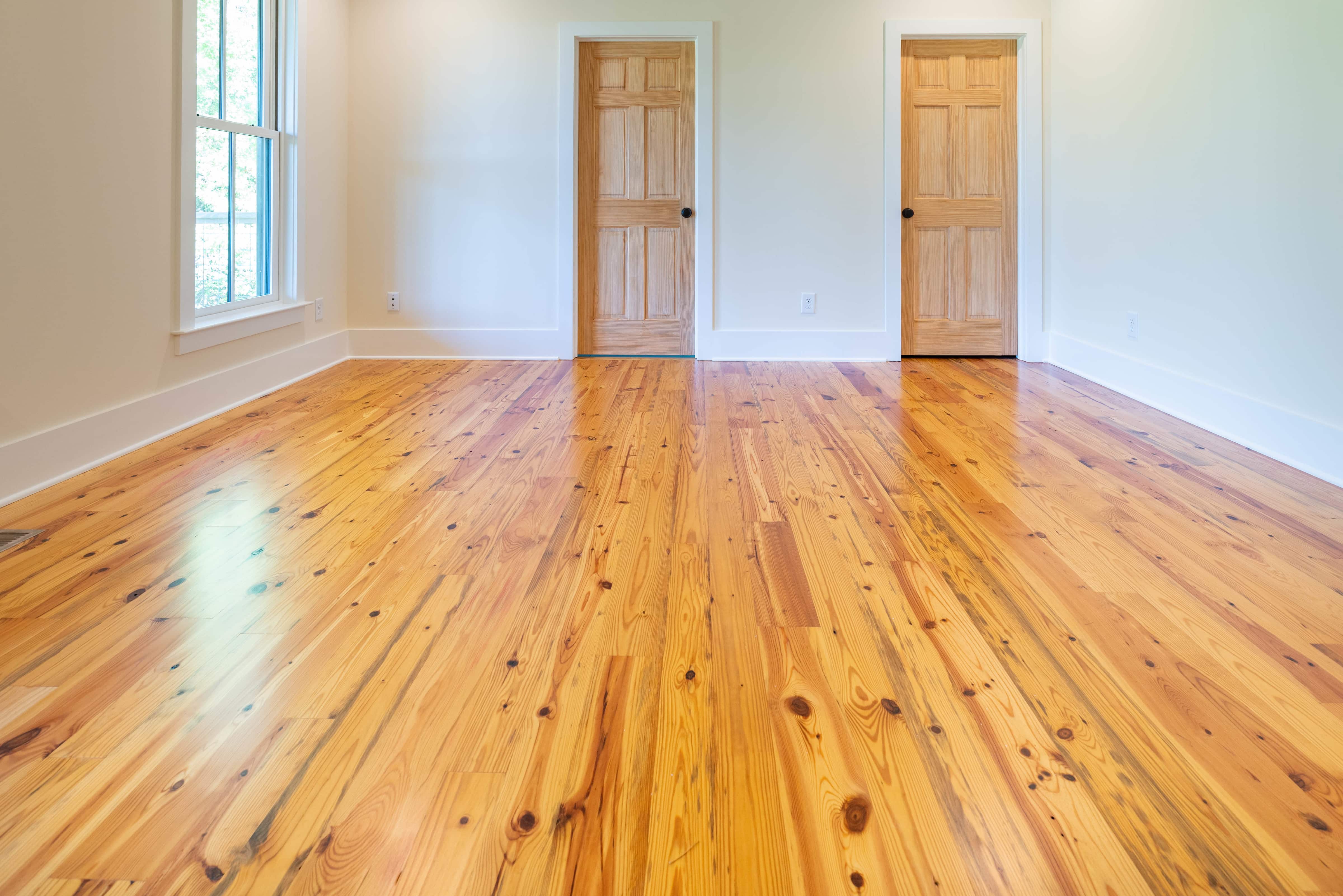
When to Use Each?
- For Detailed Work: Edge sanding wins hands down. If your project demands precision, especially around the borders or with intricate designs, the edge sander is your tool of choice.
- For Large Surfaces: If you’re looking to achieve a consistent thickness across a wide board or large panel, the drum sander is indispensable. It’s fast and efficient, allowing you to process large volumes of wood in a relatively short time.
Practical Applications
Edge Sanding:
Restoration Projects: In the UK, we have a rich history of antiques and old wooden furniture. When restoring such treasures, edge sanding can be invaluable. The tool can navigate the detailed and often delicate edges, ensuring they are treated with the utmost care. Crafting Fine Furniture: For artisans focused on crafting bespoke furniture, the edge sander is a staple. It allows for the creation of perfectly smooth and uniform edges, vital for pieces like dining tables, chairs, and dressers, where the finish needs to be impeccable.Drum Sanding:
Flooring: One of the main applications of drum sanders in Britain is for sanding wooden floors. Whether it’s a stately home in Kent or a modern apartment in London, achieving a uniformly sanded floor is crucial before any staining or sealing. Cabinet Making: For those looking to make cabinets or larger wooden panels, drum sanding ensures each piece has consistent thickness. It’s vital for ensuring that each cabinet door, for instance, fits perfectly within its frame.Cost Implications
Every craftsman is also, in some measure, a pragmatist. Understanding the financial implications of one’s tools is as essential as knowing their applications. Edge Sanding: Generally, edge sanders are less expensive than drum sanders. They are smaller, use less material for the sanding belts, and are often less complex. However, the cost of operation can be higher if used for large projects due to the time it takes. Drum Sanding: The initial investment for a drum sander is typically higher. They are larger machines, designed for heavy-duty work, and this is reflected in their price. However, in settings where large volumes of wood need to be processed, the efficiency of a drum sander can lead to long-term cost savings. Both machines also come with recurring costs such as replacement of sandpaper or belts. While edge sander belts might be less expensive, they may need more frequent replacements if used intensively. Drum sanders, on the other hand, require larger sheets or wraps, which can be pricier but may last longer, especially in machines with high-quality conveyor mechanisms.
Maintenance and Lifespan
Like any tool in a woodworker’s arsenal, regular maintenance ensures longevity and top-notch performance. Edge Sanders: They have fewer moving parts than drum sanders, which can translate to fewer maintenance demands. Regular checks on the belt, motor, and tensioning system are typically what’s needed. Drum Sanders: These machines require a bit more attention. From the conveyor belt that feeds the wood to the drum’s alignment, regular checks and calibrations can ensure it runs smoothly. Cleaning is also vital, given the amount of sawdust generated. When properly maintained, both sanders can serve a craftsman for years, if not decades. Investing time in understanding their needs will pay dividends in their performance and longevity.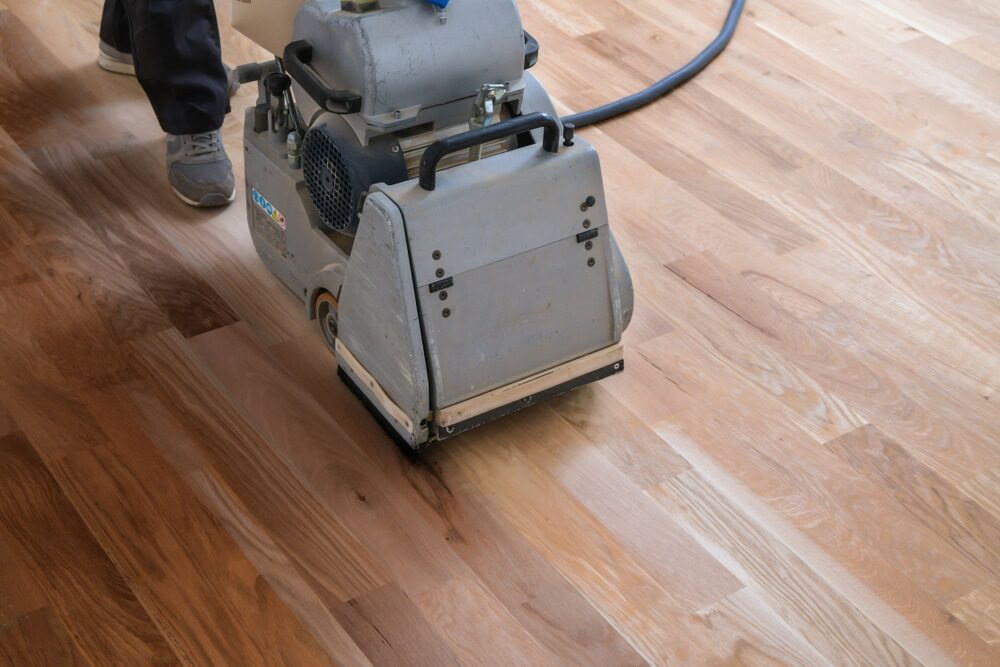
Conclusion
The British woodworker’s workshop is a symphony of tools, each playing its part to create the magnum opus that is a finished wood piece. In this orchestra, both the edge sander and drum sander have vital roles to play. One is the delicate touch, the grace note that brings finesse. The other, the powerful undercurrent, laying the foundation for beauty to be built upon. Understanding the differences between these two tools is crucial. It allows the artisan to apply the right technique at the right time, ensuring that their work is not only beautiful but also embodies the rich tradition of British craftsmanship. So the next time you gaze upon a perfectly crafted piece, spare a thought for the unsung heroes of the woodworking world: the sanders.Some Useful Links:
- Stairs Sanding & Refinishing
- Floor Sanding Services
- School Floor Sanding
- Wood Floor Restorations
- Wood Floor Repairs
- Wood Floor Polishing
More from our Blog:
Techniques for Edge Sanding Hard-to-Reach AreasChoosing the Right Sandpaper for Edge Sanding How to Achieve Professional Results with Edge Sanding The Importance of Edge Sanding in Floor Refinishing Hand Scraping for Parquet Floors: Enhancing the Beauty of Geometric Designs The Versatility of Hand Scraping Floors: From Modern to Traditional Design Sanding and Hand Scraping Combination Techniques for Custom Wood Floors Hand Scraping Techniques for Different Types of Hardwood Floors How to Hand Scrape Floors Safely and Effectively
Sanding
We provide virtually dust-free sanding with our continuous belt machinery with mobile extraction units, giving you a safer environment for your family.
Oiling
This organic finish not only adds beauty to your home but also has exceptional water-repellent characteristics, making it easier to clean and maintain.
Waxing
This natural floor finish offers the softest and most mellow appearance – and leaves your floor able to breath.
Buffing
Using soft buffing machines (and hand-polishing where required) will bring a wonderful sheen to your newly-finished floor.
Repairs
We offer a full assessment of your wooden floors to determine what repairs are needed to provide the perfect working surface for the later stages of sanding, staining and sealing.
Restoration
We offer a comprehensive restoration process designed to address floors that are improperly fitted or damaged over time through wear and tear.
Request a fixed price quote for your wood floor restoration now
Simply enter your postcode below to get started.
Services
Wood Floor Sanding Wood Floor Restoration Wood Floor Scratch Repair Squeaky Wood Floor Repair Parquet Floor Sanding Parquet Floor Restoration Commercial Floor Sanding Church Floor Sanding Community Centre Floor Sanding School Floor Sanding Gap Filling Gap Filling with ResinCopyright © Mr Sander®
Privacy & Cookies Terms & Conditions Complaints Procedure Cancellation Rights Sitemap